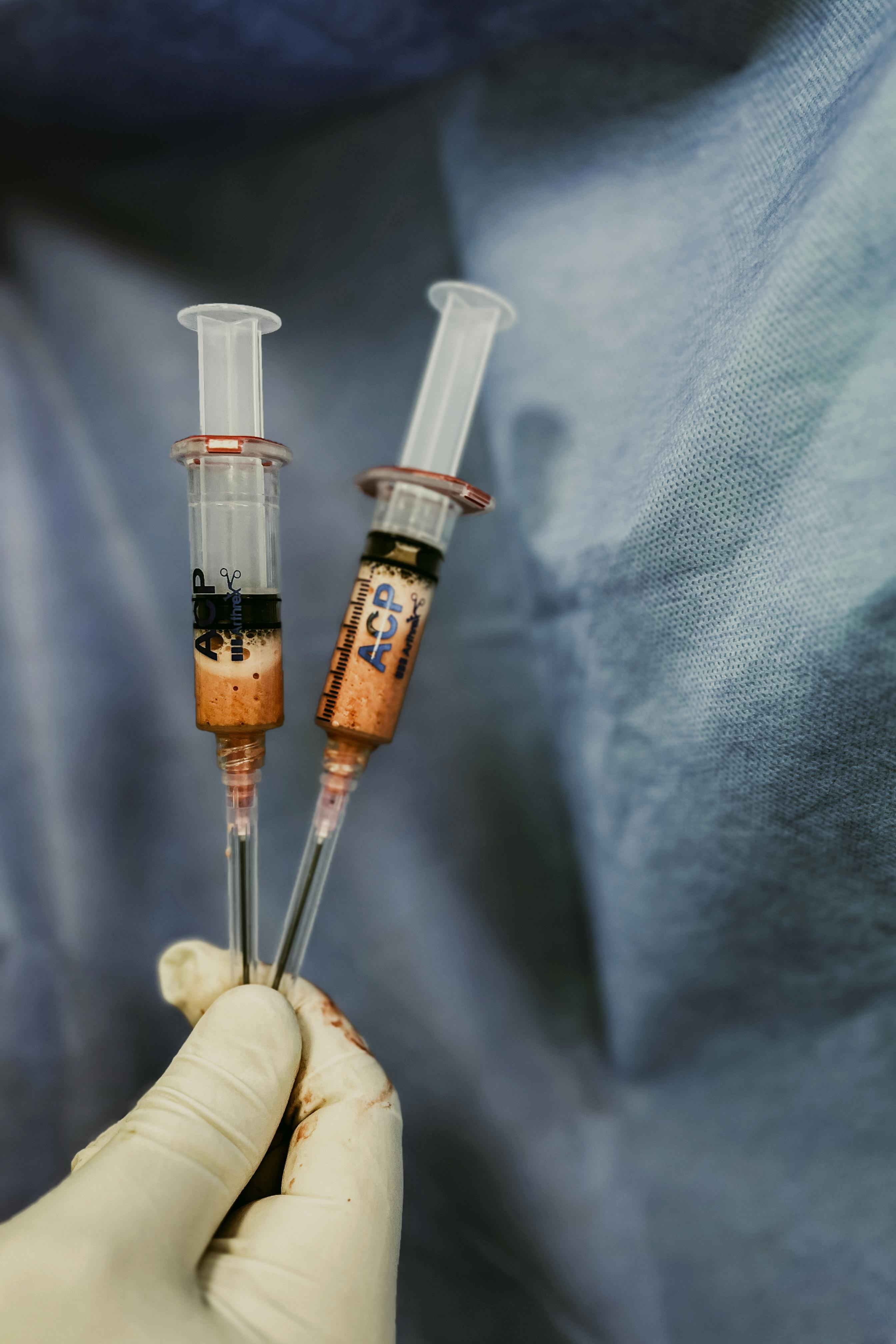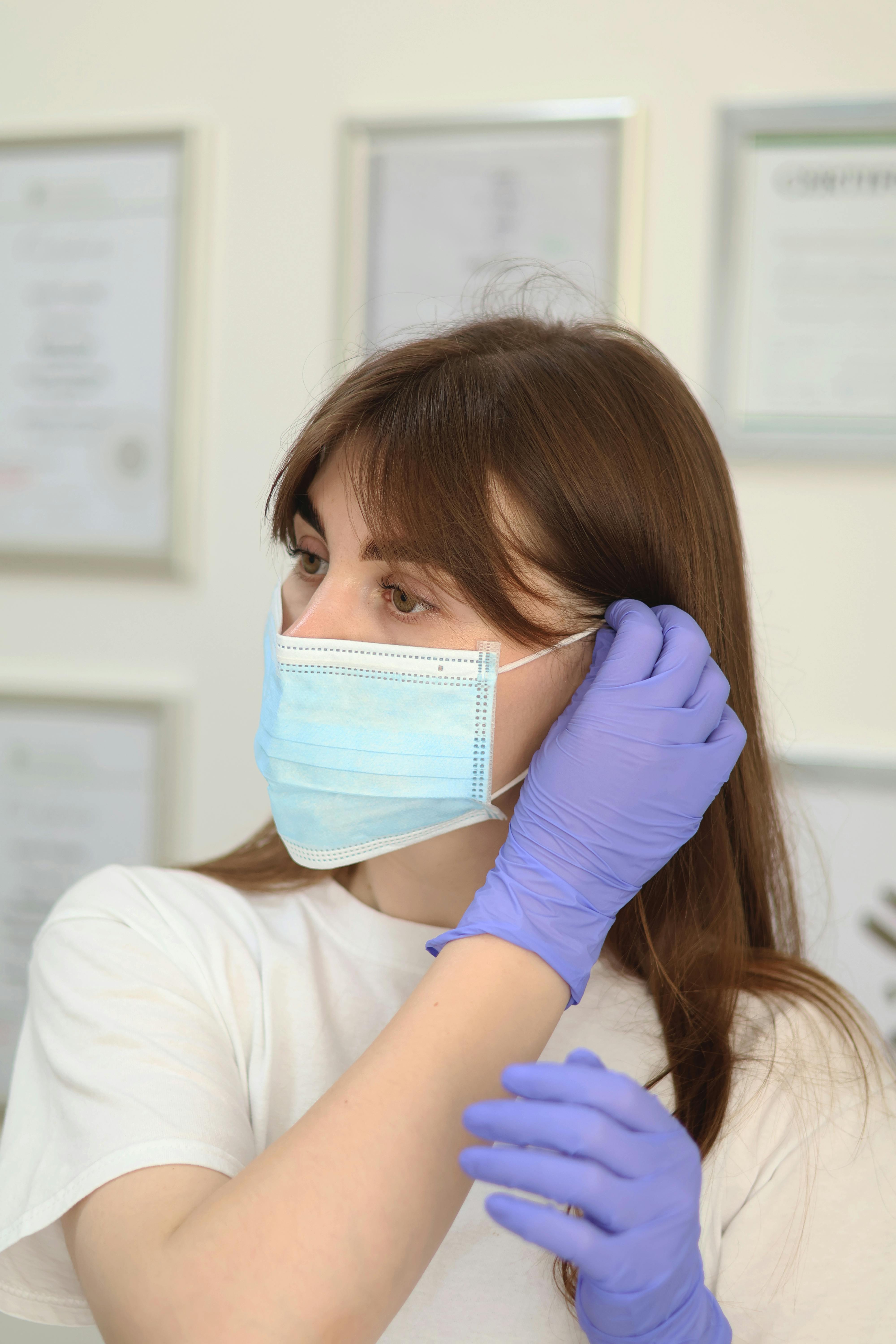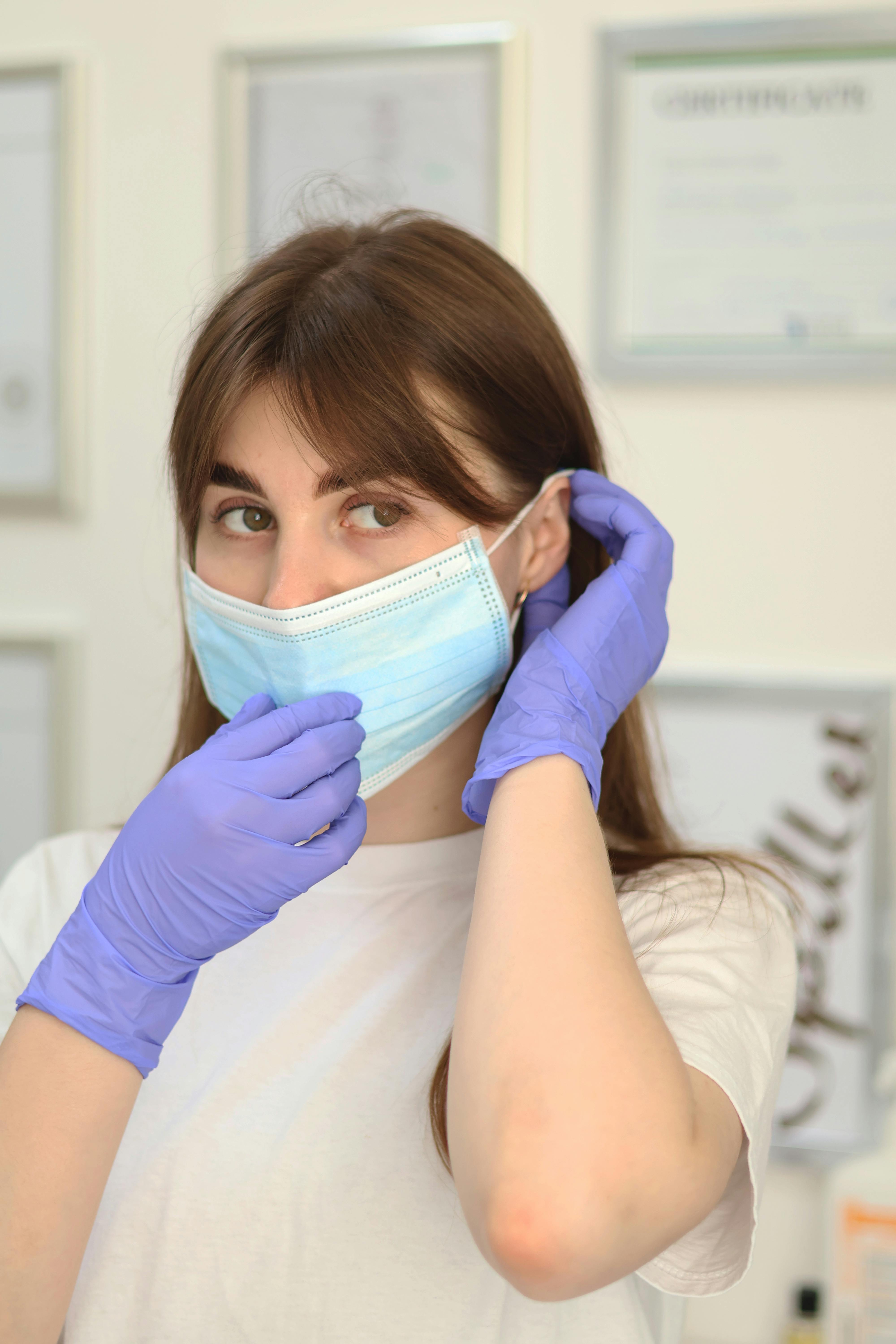Ever wondered about the ancient practice of herbalism and its role in alternative medicine? Look no further! In this article, you will explore the fascinating world of herbalism and learn about its origins and benefits. From ancient civilizations to modern times, herbalism has been utilized for its therapeutic properties and natural remedies. Discover how herbs and plants have been used to treat various ailments and enhance overall well-being. Get ready to uncover the secrets of herbalism and its enduring legacy in our society today.

Definition of Herbalism
Meaning of herbalism
Herbalism, also known as herbal medicine or botanical medicine, is a practice that involves using plants and plant-derived substances to promote health and treat various ailments. It is an ancient healing system that has been utilized by cultures around the world for centuries. While modern medicine focuses primarily on pharmaceutical drugs and surgical interventions, herbalism takes a more natural and holistic approach to healing, utilizing the medicinal properties of herbs to support the body’s innate healing abilities.
Historical origins of herbalism
Herbalism has its roots in the ancient civilizations of Egypt, China, India, and Greece, where plants were respected for their healing properties. These early societies documented their knowledge of herbs and their medicinal uses, which formed the foundation of herbal medicine as we know it today. In Egypt, for example, papyrus scrolls dating back to 1500 BCE contain detailed descriptions of various medicinal plants and their therapeutic properties. The Greek physician Hippocrates, often referred to as the father of medicine, also played a significant role in the development of herbalism, emphasizing the importance of using plants in preventing and treating diseases.
Principles of Herbalism
Holistic approach
One of the key principles of herbalism is its holistic approach to health and healing. Herbalists view the body as a complex system of interconnected parts, and they believe that imbalances or disharmony within this system can lead to illness or disease. Rather than simply treating the symptoms, herbalists aim to identify and address the root cause of the problem, taking into consideration the individual’s physical, mental, and emotional well-being. Herbal remedies are formulated to restore balance and support the body’s natural healing processes, promoting overall health and vitality.
Vitalistic philosophy
Herbalism is rooted in a vitalistic philosophy that acknowledges the body’s innate ability to heal itself. Herbalists believe that each individual possesses a vital life force or energy that sustains their health and well-being. When this life force becomes imbalanced or blocked, disease can arise. Herbal remedies are used to stimulate and support the body’s vital force, encouraging self-healing and promoting optimal health. This philosophy aligns with the concept of “vis medicatrix naturae,” or the healing power of nature, which underscores the fundamental principles of herbalism.
Herbal energetics
Herbal energetics is a concept that categorizes herbs based on their energetic qualities. According to this principle, each herb possesses certain inherent properties that can influence the body’s energy and promote balance. Different herbs may be classified as cooling, warming, drying, moistening, stimulating, or relaxing, among other characteristics. Herbalists use this understanding of energetics to match the specific properties of herbs with an individual’s unique constitution and condition. By choosing herbs that harmonize with an individual’s energetic state, herbalists aim to restore balance and foster healing.
Traditional Uses of Herbs
Medicinal herbs
Medicinal herbs are the backbone of herbalism. These plants contain various bioactive compounds that have been scientifically proven to possess therapeutic properties. Each medicinal herb has its own unique combination of active constituents, which may include alkaloids, flavonoids, terpenes, and phenolic compounds, among others. These compounds interact with the body’s systems to promote healing and alleviate symptoms. Medicinal herbs can be used to treat a wide range of conditions, including digestive disorders, respiratory ailments, immune deficiencies, hormonal imbalances, and skin conditions, among others.
Culinary herbs
Culinary herbs are a flavorful and aromatic addition to the kitchen, but they also offer numerous health benefits. In addition to enhancing the taste of dishes, culinary herbs can provide essential nutrients, possess antimicrobial properties, and aid in digestion. Common culinary herbs include basil, thyme, rosemary, oregano, and cilantro, among others. Incorporating these herbs into your meals not only adds a burst of flavor but also contributes to your overall well-being.
Aromatic herbs
Aromatic herbs have a strong scent and are often used for their therapeutic effects on the mind and body. These herbs, such as lavender, chamomile, peppermint, and lemon balm, possess volatile oils that can promote relaxation, reduce stress, and improve mental well-being. Aromatic herbs are frequently used in herbal tea blends, essential oils, and bath products to create a soothing and calming experience. Inhaling the pleasant aromas of these herbs can have a profound impact on our mood, emotions, and overall sense of well-being.
Types of Herbal Preparations
Infusions
Infusions, also known as herbal teas or tisanes, are one of the most common ways to prepare medicinal herbs. This method involves steeping plant material, such as leaves, flowers, or seeds, in hot water to extract their therapeutic properties. Infusions can be consumed hot or cold and are a convenient and enjoyable way to incorporate herbs into your daily routine. Depending on the herbs used, infusions can have a wide range of benefits, from soothing digestion to promoting relaxation and boosting the immune system.
Decoctions
Decoctions are similar to infusions, but they are typically used for tougher plant parts, such as roots, bark, or berries, which require a longer cooking time to extract their medicinal properties. To prepare a decoction, the plant material is simmered in water for a specific duration, allowing the heat to break down the tougher plant tissues and release their therapeutic compounds. Decoctions are commonly used for herbs like licorice root, ginger, or astragalus, which require a stronger extraction to access their beneficial constituents.
Tinctures
Tinctures are concentrated liquid herbal extracts that are made by soaking plant material in alcohol or a mixture of alcohol and water. The alcohol acts as a solvent, effectively extracting the active constituents from the herbs. Tinctures have a long shelf life and are easy to administer, making them a popular choice for herbalists. They can be taken orally, added to beverages, or applied topically, depending on the herb and the intended use. Tinctures offer a convenient way to access the medicinal properties of herbs and allow for precise dosing.
Poultices
Poultices are external applications of herbs that are used to address specific localized issues. To make a poultice, fresh or dried herbs are crushed or ground into a paste and applied directly to the affected area. The herb’s active constituents are absorbed through the skin, promoting healing and alleviating discomfort. Poultices are often used for skin irritations, wounds, insect bites, or sprains. Common herbs used in poultices include plantain, comfrey, and calendula. This method allows for direct contact between the herb and the affected area, maximizing its therapeutic benefits.
Compresses
Compresses involve soaking a cloth or bandage in an herbal infusion, decoction, or tincture and applying it to a specific area of the body. The wet cloth helps to transfer the healing properties of the herb to the skin, providing localized relief or promoting healing. Compresses can be used for a variety of purposes, such as reducing inflammation, soothing muscle soreness, or increasing circulation. This method is particularly effective for skin conditions, joint pain, or swelling. Compresses are simple to prepare and offer a convenient way to apply herbal remedies externally.

Basic Botany for Herbalists
Plant identification
A fundamental skill for herbalists is the ability to identify plants accurately. Proper plant identification ensures that the correct species and plant part are used for medicinal purposes, as different plants can have varying therapeutic properties. Herbalists rely on their knowledge of plant morphology, characteristics, and botanical families to identify herbs correctly. They observe features such as leaves, flowers, fruits, stems, and roots, as well as take note of growth habits and habitat preferences. Careful observation and reference to botanical guides or resources assist herbalists in correctly identifying plants.
Parts of a plant
Understanding the different parts of a plant is essential for herbalists. Plants consist of roots, stems, leaves, flowers, and fruits, each with its own unique properties and medicinal uses. Different plant parts contain different concentrations of active constituents, which may influence their therapeutic effects. For example, roots are often used for their grounding and tonifying properties, while flowers are valued for their aromatic and relaxing qualities. Herbalists carefully select the appropriate plant parts based on the desired therapeutic outcome and the traditional uses of each part of the plant.
Plant anatomy
A basic understanding of plant anatomy is crucial for herbalists to better grasp the characteristics and functions of plants. Plant anatomy encompasses the study of tissues, cells, and structures within plants. Knowledge of plant cells, tissues, and vascular systems helps herbalists understand how active constituents are stored, transported, and utilized within the plant. By understanding the complex structures and functions of plants, herbalists can make informed decisions regarding which plant parts to use and how to best extract and harness the medicinal properties of herbs.
Methods of Herbal Extraction
Water-based extraction
Water-based extraction methods, such as infusions and decoctions, involve utilizing water as a solvent to extract the active constituents from herbs. Infusions are suitable for delicate plant parts, such as leaves and flowers, while decoctions are better suited for tougher plant parts like roots and barks. Water-based extraction methods are effective at extracting water-soluble compounds, including flavonoids, polysaccharides, and glycosides. These methods result in gentle and easy-to-administer herbal preparations that are well-suited for internal and external use.
Alcohol-based extraction
Alcohol-based extraction, commonly known as tincturing, involves using alcohol or a combination of alcohol and water to extract the medicinal properties of herbs. Alcohol acts as a solvent that efficiently extracts both water-soluble and alcohol-soluble constituents from the plant material. This method is particularly effective for extracting alkaloids, resins, terpenes, and volatile oils. Tinctures have a longer shelf life compared to water-based extracts and allow for precise dosing. Alcohol-based extraction methods yield potent and concentrated herbal preparations that can be taken orally or applied topically.
Oil-based extraction
Oil-based extraction methods involve using oils, such as olive oil, coconut oil, or almond oil, as a medium to extract and preserve the medicinal properties of herbs. This method is commonly used for herbs with high lipid-soluble constituents, such as essential oils, fatty acids, or sterols. To prepare an herbal oil infusion, dried herbs are soaked in the chosen oil for a period of time, allowing the oil to extract the plant’s beneficial compounds. Herbal infused oils have multiple applications, including topical use, massage, or as a base for making herbal salves or ointments.

Herbal Safety and Precautions
Toxic herbs
Although herbs are generally safe when used correctly, it is essential to recognize that some herbs can be toxic if used improperly or in excessive amounts. Certain herbs contain compounds that can be harmful, especially if taken in high doses or for extended periods. It is crucial to consult a qualified herbalist or healthcare professional before using any herbs, particularly if you have underlying health conditions, are taking medications, or are pregnant or breastfeeding. Proper dosage, preparation, and administration are key to ensuring the safe and effective use of herbs.
Herb-drug interactions
Herbs can interact with prescription medications, over-the-counter drugs, or other supplements, potentially leading to adverse effects or reduced efficacy. Some herbs can enhance or inhibit the metabolism of drugs, affecting their absorption, distribution, or elimination in the body. It is vital to inform your healthcare provider about any herbs or supplements you are taking to avoid potential herb-drug interactions. A qualified herbalist or healthcare professional can help determine safe combinations or recommend alternative herbs if necessary.
Adverse effects
While herbs are generally well-tolerated, some individuals may experience adverse effects or allergic reactions. These can range from mild symptoms like nausea or skin rashes to more severe reactions like difficulty breathing or anaphylaxis. It is crucial to be aware of any potential allergies or sensitivities to herbs and discontinue use if any adverse effects occur. Seeking professional guidance from an herbalist or healthcare provider can help identify potential allergens, ensure proper usage, and minimize the risk of adverse reactions.
Herbalism versus Western Medicine
Complementary medicine
Herbalism and Western medicine are not mutually exclusive but can be used together to provide comprehensive healthcare. Herbalism often complements modern medical treatments, offering supportive and complementary therapies to address various health issues. Herbal remedies can be used alongside pharmaceutical drugs or surgical interventions, providing added benefits while minimizing potential side effects. When integrated effectively, herbalism and Western medicine can work synergistically, enhancing the overall effectiveness of healthcare treatments.
Herbalism as a primary treatment option
For many individuals, herbalism serves as the primary mode of healthcare, focusing on prevention and holistic well-being rather than treating specific illnesses or symptoms. Herbal medicine offers a system of care that considers the individual as a whole, utilizing the healing properties of plants to support overall health and vitality. Herbalists work closely with their clients to identify underlying causes of illness and create personalized treatment plans. In certain cases, herbalism can be a viable alternative to conventional medical treatments, providing natural and gentle options for healing.

Current Research on Herbal Medicine
Scientific studies on herbs
With the growing interest in herbal medicine, there is a growing body of scientific research dedicated to studying the efficacy and safety of various herbs. Researchers conduct studies to investigate the therapeutic properties, mechanisms of action, and potential uses of herbs. These studies often involve extracting and isolating specific compounds from herbs to better understand their active constituents and their effects on the human body. Scientific research provides valuable insights into the potential benefits and risks associated with herbal medicine and contributes to the broader understanding of its place within modern healthcare.
Efficacy and safety
As scientific research on herbal medicine advances, there is a growing body of evidence supporting the efficacy and safety of certain herbs. Studies have demonstrated the effectiveness of herbs in treating various health conditions, such as digestive disorders, anxiety, inflammation, and skin ailments. Herbal medicine has also shown promise in supporting immune function, improving sleep quality, and reducing the risk of chronic diseases. However, it is important to note that not all herbal remedies have been extensively studied, and more research is needed to fully understand their effectiveness and potential interactions.
Herbalism in Different Cultures
Ayurvedic herbalism
Ayurvedic herbalism, originating in ancient India, is an integral part of Ayurvedic medicine, one of the world’s oldest holistic healing systems. Ayurvedic herbalism focuses on balancing the body, mind, and spirit to achieve optimal health. It utilizes a wide array of herbs, spices, and minerals to address imbalances and promote wellness. Ayurvedic herbs are often formulated into complex herbal preparations, such as herbal powders, pastes, or medicated oils. Ayurvedic herbalism emphasizes the unique individual constitution and considers the energetics of herbs to tailor treatments for each person.
Traditional Chinese herbal medicine
Traditional Chinese herbal medicine is a vital component of Traditional Chinese Medicine (TCM), which has been practiced for thousands of years in China. It is based on the philosophy of balancing the opposing forces of yin and yang and promoting the flow of qi, or vital energy, in the body. Chinese herbal medicine utilizes a vast range of herbs, minerals, and animal products and focuses on creating customized herbal formulas to address specific imbalances. Traditional Chinese herbalism views the body as an interconnected system and aims to restore harmony and balance for optimal health.
Native American herbalism
Native American herbalism, also known as Indigenous herbalism, encompasses the traditional healing practices of various Indigenous peoples across North, Central, and South America. It honors the deep connection between humans and the natural world, recognizing plants as powerful allies for healing and ceremony. Native American herbalism draws upon a rich knowledge of local flora and utilizes plants for physical, mental, and spiritual well-being. Traditional remedies often involve the use of indigenous plants such as sage, cedar, sweet grass, and tobacco for purification, protection, and restoration of balance.
In conclusion, herbalism is a multifaceted healing system that draws upon centuries of knowledge and wisdom. With its holistic approach, vitalistic philosophy, and understanding of herbal energetics, herbalism offers a unique perspective on wellness and healing. Various forms of herbal preparations, including infusions, tinctures, and poultices, allow for the versatile and effective use of herbs. Understanding basic botany and plant anatomy is crucial for herbalists to identify and utilize the right parts of plants for their therapeutic benefits. While herbal safety and precautions are essential considerations, herbalism can complement Western medicine, providing a natural and holistic approach to healthcare. Ongoing research on herbs and their efficacy contributes to the evolving field of herbal medicine. Finally, herbalism has deep roots in various cultures, such as Ayurveda, Traditional Chinese Medicine, and Native American traditions, showcasing its universality and adaptability across different societies.

